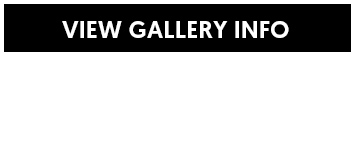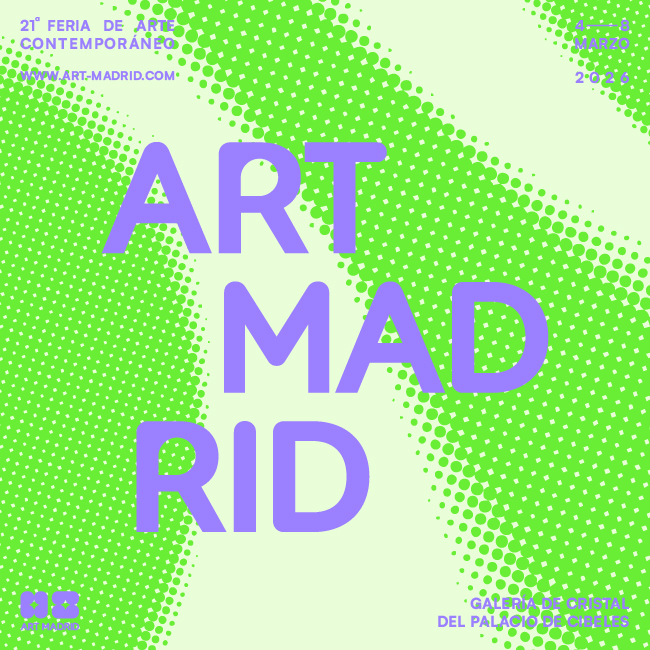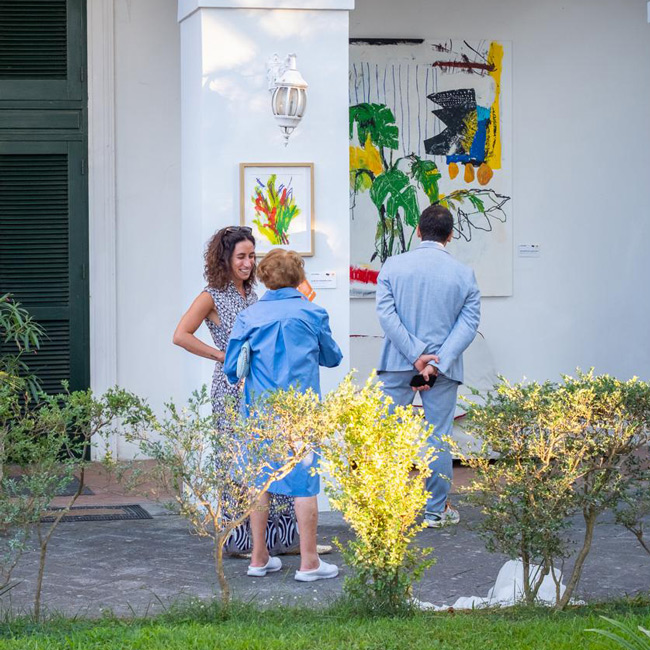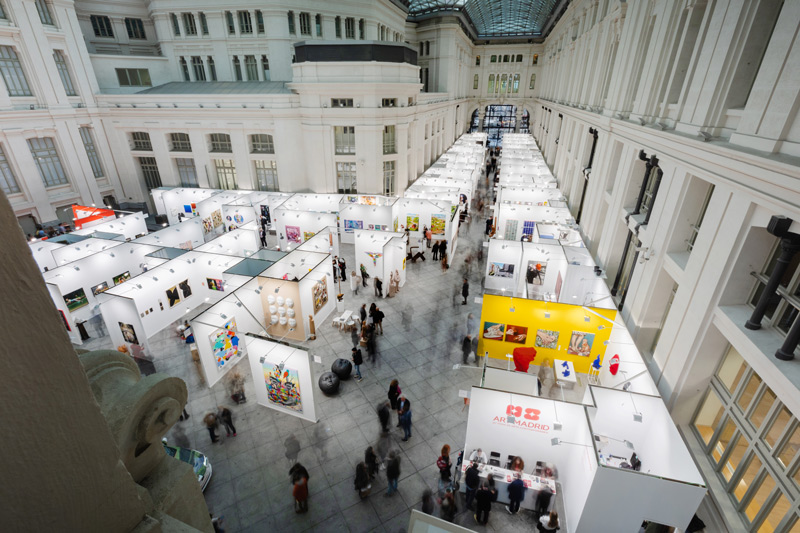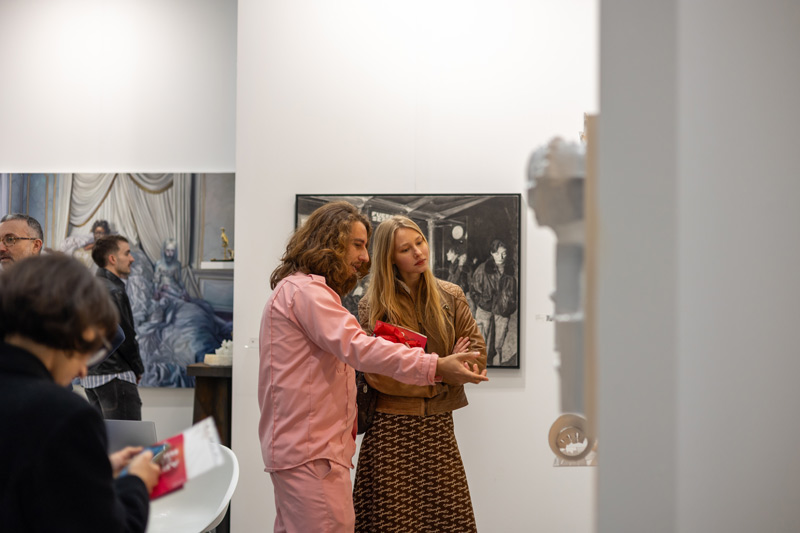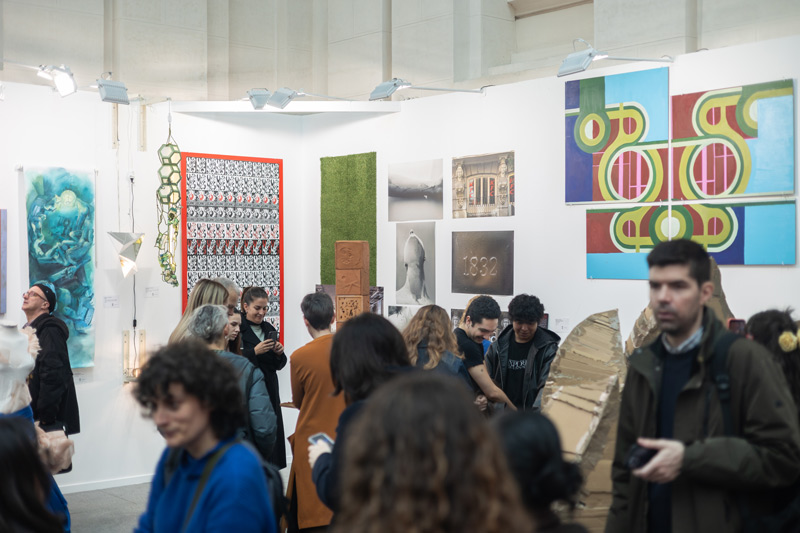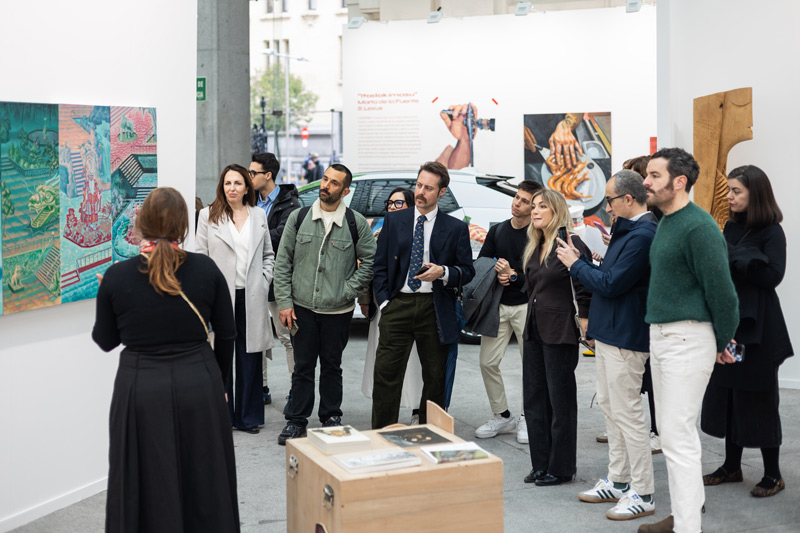RODRIGO JUARRANZ: A COMMITMENT TO INNOVATION AND CONTEMPORARY PRESENT
Feb 19, 2020
art madrid
Rodrigo Juarranz, founded in Aranda de Duero in 2006 under the slogan "Art within everyone's reach", has focused its exhibition activity on supporting the most recent art, promoting exhibition projects by artists with innovative trends belonging to both the national and international sphere. Juarranz is committed to both established and emerging artists, as long as their work pursues innovation within contemporary art, both from a thematic and technical point of view.
In this edition of Art Madrid, the gallery presents the work of six contemporary artists who stand out for their multi-disciplinary nature. Amélie Ducommun, Beatriz Díaz Ceballos, Diego Benéitez, Jaime Sicilia, Jorge Marín and Marcos Tamargo, are the artists who will be exhibiting at Rodrigo Juarranz's booth.
Marcos Tamargo (Gijón, Asturias, 1982), the flagship artist of Rodrigo Juarranz Gallery, develops his artistic activity between the United States and Europe. A great connoisseur of conventional techniques, he has been the creator of an innovative procedure, which the author himself has designated as "Move-Art". It consists of generating on the same support two different works, one will be perceived by the spectator in a conventional way, while the other will be visible only with black light. His recent series of portraits dedicated to women who have been awarded the Nobel Prize throughout history and those who will receive it in the future have been developed with this technique. Marie Sklodowska-Curie was the first woman portrayed in this series.
The Asturian artist had already experimented with this technique in his series of portraits of the Princess of Asturias Awards, which he began in 2011, portraying among others Leonard Cohen or Haile Gebrselaise. In 2012 he portrayed architect Rafael Moneo and footballers Iker Casillas and Xabi Hernández.
Rodrigo Juarranz is the only gallery that represents in Spain the Mexican Jorge Marín, an artist that during his career has developed a figurative work that is catalogued among the most important of the contemporary art in Mexico. In his search for identity, and after experimenting with multiple disciplines and materials, Jorge Marín opts for bronze and from there on, all his work is configured under this noble and traditional material that allows him to generate in his pieces an extremely mimetic appearance to the elements of the living matter he represents. His formats oscillate between miniature and monumentality, the latter taking over public spaces, in which he establishes a conversation with the spectator which art, as he himself confesses, "is an indispensable tool for generating more reflexive and peaceful societies".
Amélie Ducommun (Barcelona, 1983) presents her delicate art boxes. Amélie represents nature in her works by means of a textured line of colour where she composes the landscape and the natural elements that are interrelated in it. All this from the questionable perspective of memory. Some representations are placed on the surface of the boxes, which in turn serve as a monstrance, in the manner of archives that endure.
Beatriz Díaz Ceballos (Oviedo, 1971), delights us in this fair with a proposal in which literature materialises in three-dimensional plastic works, where the book goes from being the literary support to becoming a material component of merely plastic art. The books vomit words and are transformed into sculptural forms of great beauty or generate forests that emerge from their imaginary interior. The letters are materialized by means of copper micro-fusions in which they acquire the nature of original sculptures that generate beautiful visual poems.
Diego Benéitez (Zamora, 1986), began his exhibition career a decade ago and is one of the artists that Rodrigo has trusted, since years ago, to present his latest creations in Art Madrid. The artist from Zamora, executes in his works a compendium between the figuration and the abstraction, capturing in his tables covered by one of the most traditional techniques of the painting, the oil, some subtle landscapes in which the simplicity of the symbols that form it, being reduced sometimes to the horizontality of the application of the colour, manage to contribute to the work a solemnity so vehement that it makes us submerge in them.
The interdisciplinary artist Jaime sicilia (Madrid, 1970), works between media as varied as painting, sculpture, photography or video. Sicily participates with his series "Waldweben", where we can see the variety and confluence of materials and techniques that he uses in his works. Acrylics, pigments and photographic emulsions are displayed on wooden, metal or plastic supports to create a subtle reality that takes us into the mysterious Wagner forest.







